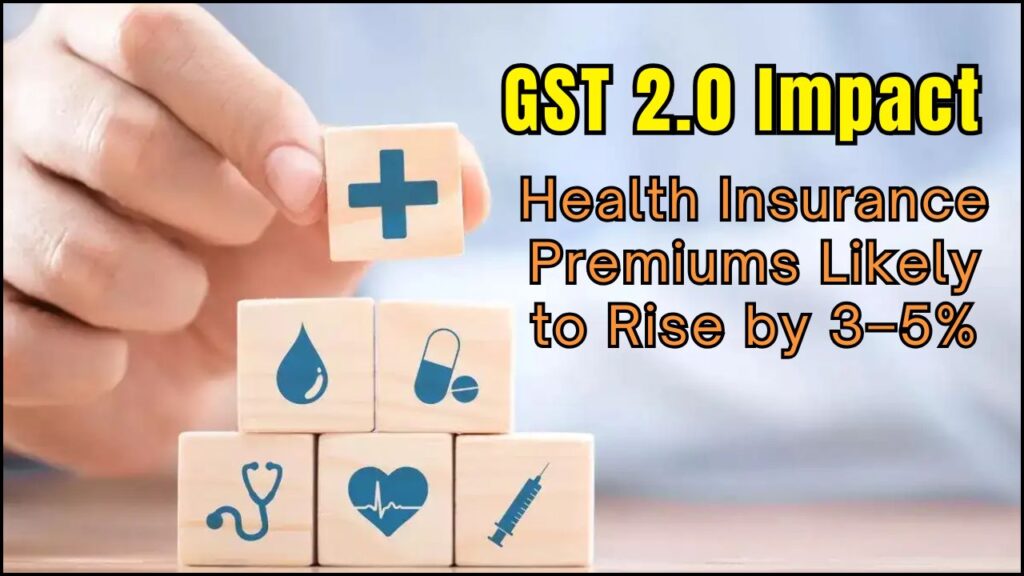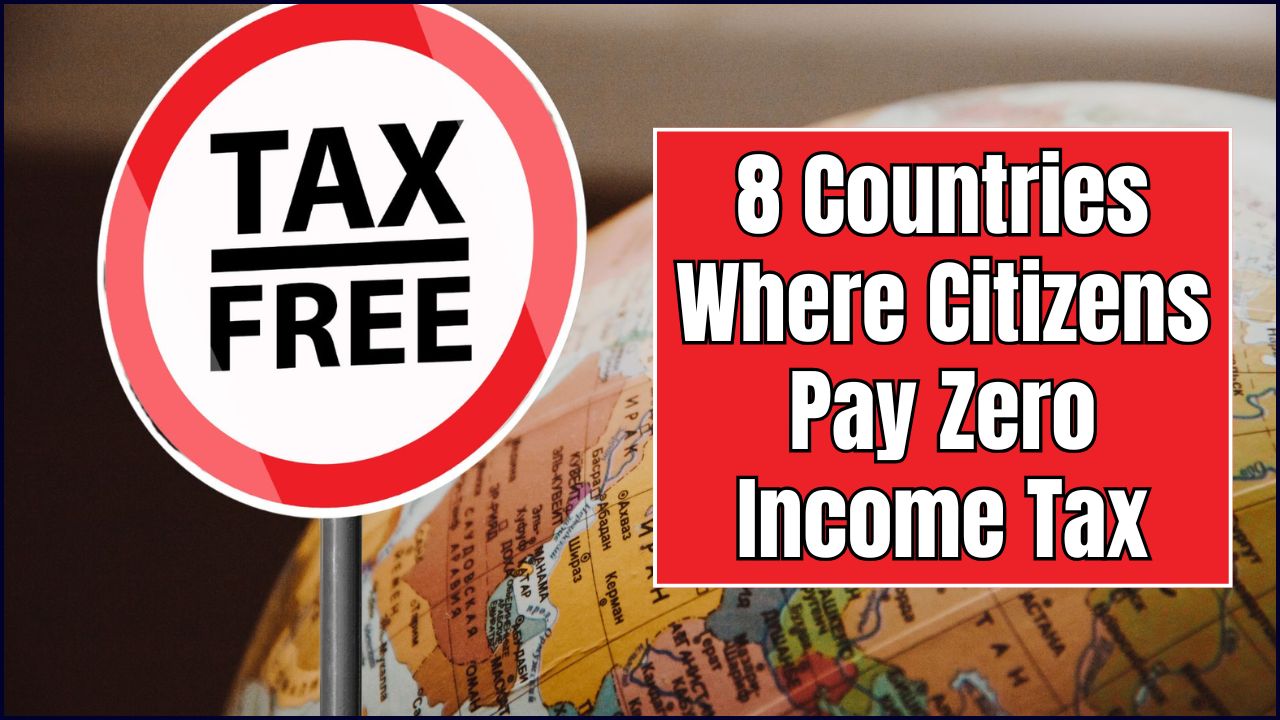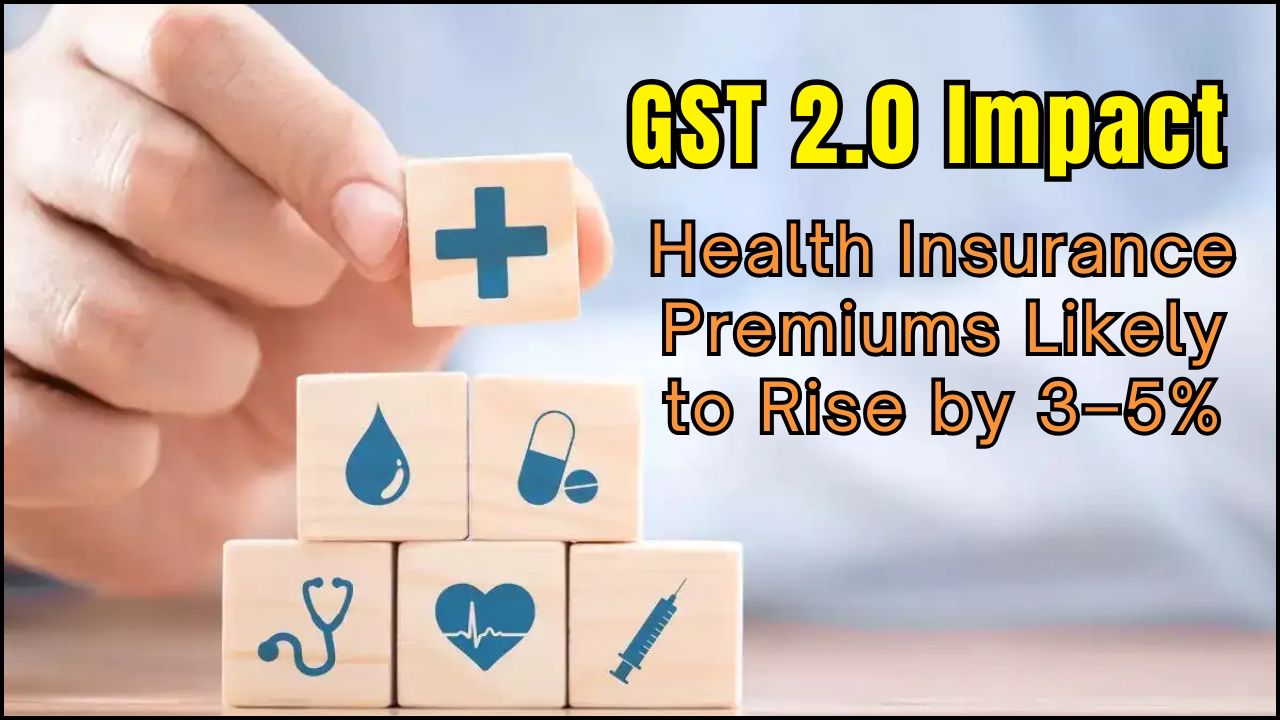
India’s new GST 2.0 regime will exempt health and life insurance from tax starting 22 September 2025. While the removal of the 18 percent levy could reduce costs, insurers warn premiums may still increase by 3–5 percent due to the loss of input tax credits.
GST 2.0: What Changes for Policyholders
The Goods and Services Tax (GST) Council, in its 56th meeting on 3 September 2025, announced that all individual health and life insurance policies will be taxed at 0 percent. This includes reinsurance products.
Finance Minister Nirmala Sitharaman said the move was intended to expand insurance penetration and lower household financial burdens. “The council has recommended complete exemption to individual health and life insurance premiums. This is a pro-consumer step,” she stated at a press briefing.
Relief vs. Reality
Currently, policyholders pay an 18 percent GST on premiums. For example, a ₹10,000 premium attracts an additional ₹1,800 in tax. With the exemption, this charge disappears. However, experts caution that the savings may not be as large as expected.
Why Premiums May Still Increase
Loss of Input Tax Credit
Insurers previously used Input Tax Credit (ITC) to offset taxes paid on expenses such as IT services, commissions, and office rentals. With GST exemption, they will no longer be able to claim these credits.
According to brokerage estimates cited in Mint, this could raise operational costs by 3–5 percent. Insurers are expected to pass some or all of this burden onto policyholders through higher base premiums.
Industry Reaction
The Life Insurance Council welcomed the exemption but highlighted financial pressures. “While customers will save on GST, insurers lose the ability to claim ITC. Adjustments to premium structures are inevitable,” said a council spokesperson.
The General Insurance Council offered a similar view, noting that smaller firms may face sharper cost escalations without ITC support.
Net Impact on Consumers
Potential Savings
Even with a premium hike of 3–5 percent, consumers are likely to save 12–15 percent overall compared with the current GST-inclusive rates. Analysts say this net benefit could encourage more households to purchase insurance.
Variations by Product Type
- Protection plans such as term insurance and health policies may deliver the greatest savings since GST previously applied across the full premium.
- Savings-linked products like unit-linked insurance plans (ULIPs) or endowments may show smaller changes, as GST earlier applied only to the risk component.
Broader Economic Context
India has long faced challenges in expanding insurance penetration. According to the Insurance Regulatory and Development Authority of India (IRDAI), less than 4 percent of Indians have health insurance policies. Policymakers argue that eliminating GST could encourage uptake, particularly among middle-class and first-time buyers.
However, some economists caution against overestimating the effect. “Removing GST helps, but affordability depends on premium levels, product design, and consumer awareness,” said Dr. Anupam Gupta, professor of economics at Delhi University.
Conclusion
GST 2.0 marks a significant policy shift in India’s insurance sector. While the removal of GST is expected to reduce overall costs, the simultaneous loss of input tax credits could partly offset consumer benefits. The net effect is still likely to favour policyholders, but the precise impact will depend on how insurers adjust their premium structures in the months ahead.
















